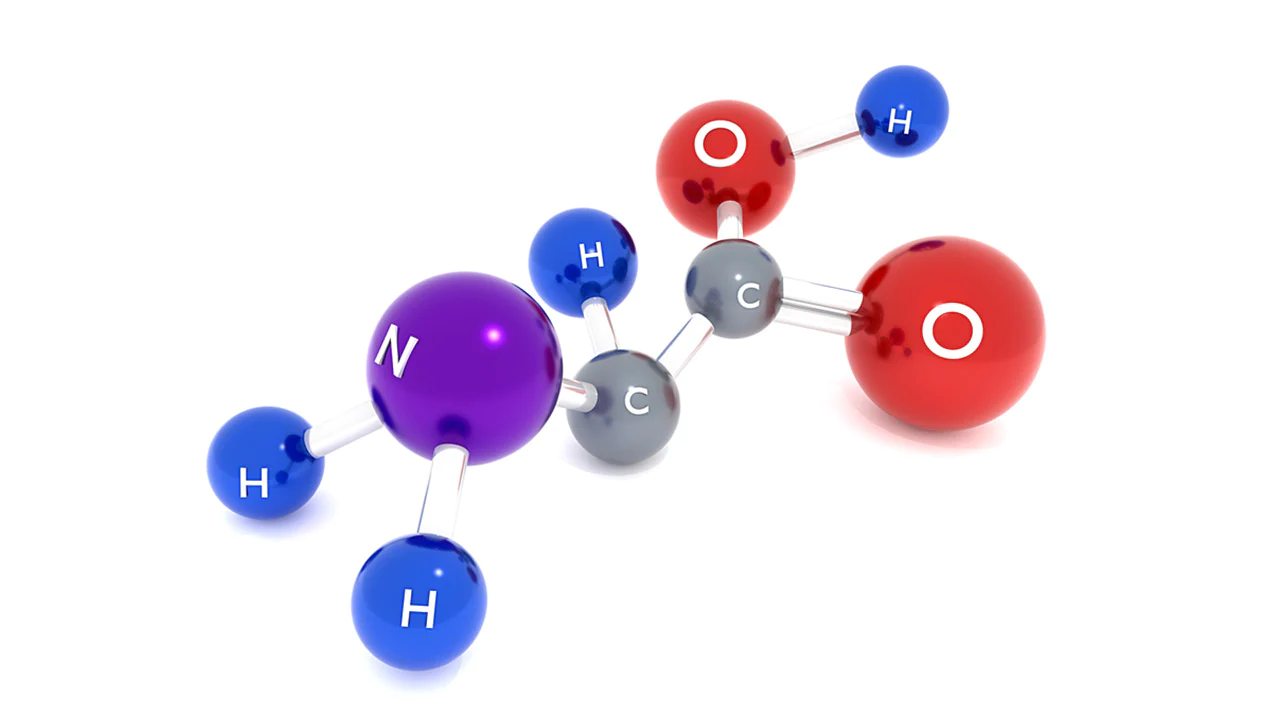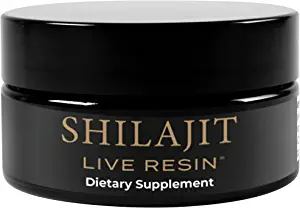
Introduction
Cancer has long been a formidable adversary in the world of medicine, requiring innovative solutions. One such solution is the Controlled Amino Acid Treatment (CAAT), a novel approach to cancer therapy developed by Angelo P. John after over four decades of cancer research. CAAT offers a multipronged strategy that’s been changing the landscape of cancer treatment since 1994, especially for advanced cancer patients. Let’s dive into the details of this revolutionary treatment and how it is making a significant impact on the lives of those fighting cancer.
The Collaborative Approach
Angelo John collaborates with patients’ oncologists or nutritionally oriented complementary and alternative physicians, creating customized nutritional programs for cancer patients. The outcomes have been remarkable. CAAT essentially focuses on amino acid and carbohydrate deprivation, using scientifically formulated amino acids tailored to the patient’s specific type of cancer.
How CAAT Targets Cancer Cells
The strategy behind CAAT is based on the fundamental distinction between normal cells and cancer cells. To starve cancer cells effectively, CAAT manipulates the patient’s diet to include a carefully balanced blend of amino acids, the building blocks of proteins. Here’s an overview of how CAAT’s multipronged approach attacks cancer:
- Inhibiting Angiogenesis: CAAT prevents the formation of new blood vessels (angiogenesis) that solid cancers rely on for growth.
- Halting Glycolysis: Cancer cells primarily produce energy through a process called glycolysis due to damaged mitochondria. CAAT disrupts this process in cancer cells, hindering their energy production.
- Reducing Growth Factors: Human growth hormone and insulin-like growth factor 1 (IGF1) are growth factors known to stimulate cancer growth. CAAT’s calorie and protein-restricted diet helps reduce the production of these growth factors.
- Inhibiting DNA Replication: The replication of cancer cells’ DNA is essential for their growth. CAAT reduces the availability of specific amino acids and nutrients necessary for DNA replication in cancer cells.
The Dietary Protocol
CAAT involves a strict diet that is low in carbohydrates and protein, with a moderate intake of specific fats. The amino acid blend is customized, reducing some amino acids and increasing others. This approach limits the production of elastin, a protein critical for angiogenesis.
Nutritional Supplements
The CAAT program may include various nutritional supplements such as vitamins A, C, and D, D-Limonene, N-Acetylcysteine (NAC), Grape Seed Extract, and Lycopene, among others. However, certain B vitamins, especially vitamin B6, are to be avoided as they can enhance glycolysis or DNA replication.
Tailored to Each Patient
Every cancer patient is unique, and CAAT acknowledges this by designing personalized amino acid deprivation formulas and food plans based on the patient’s profile and medical history. The ultimate goal is to effectively target cancer cells while considering the individual’s specific requirements.
Conclusion
Controlled Amino Acid Treatment (CAAT) presents a new horizon in cancer therapy. By manipulating amino acids, inhibiting angiogenesis, and interfering with glycolysis and DNA replication, CAAT offers hope for cancer patients. This personalized approach caters to the unique needs of each patient, making it a revolutionary addition to the field of cancer treatment.
Remember, every cancer patient is unique, and CAAT’s customized approach is revolutionizing the way we combat this challenging disease.





